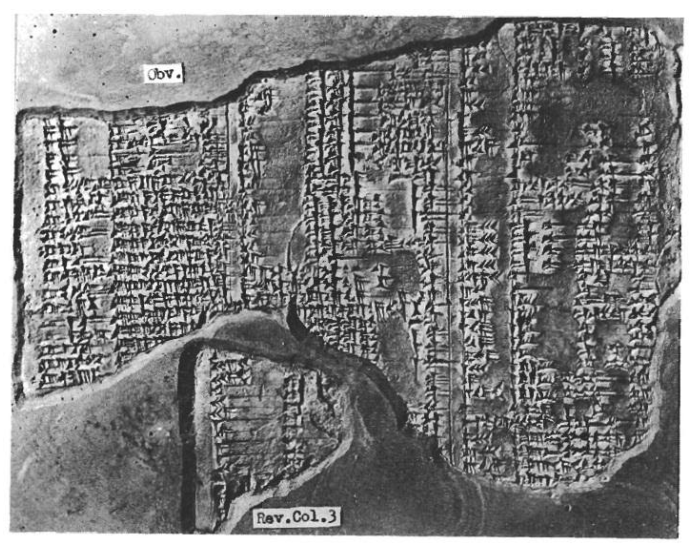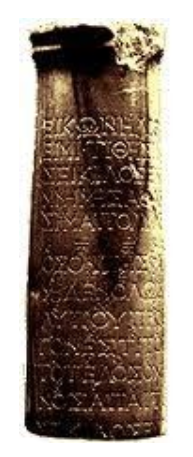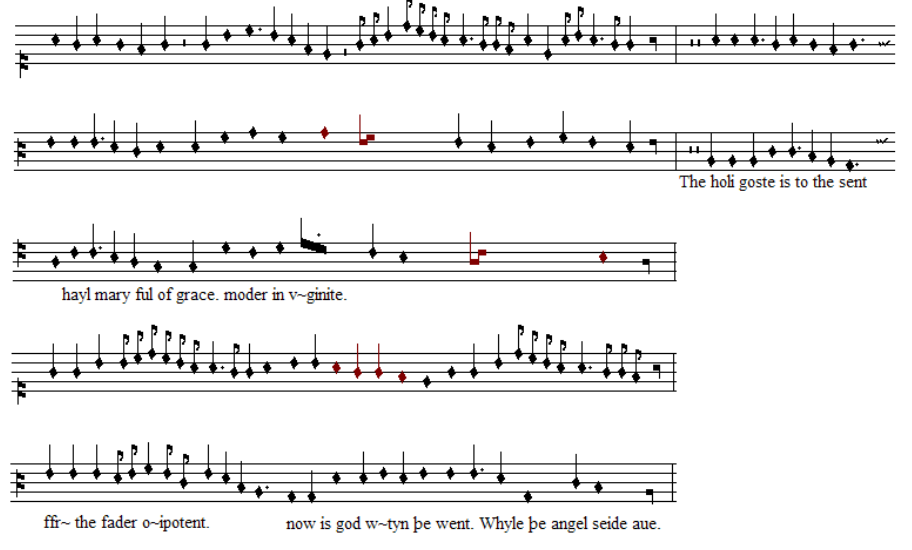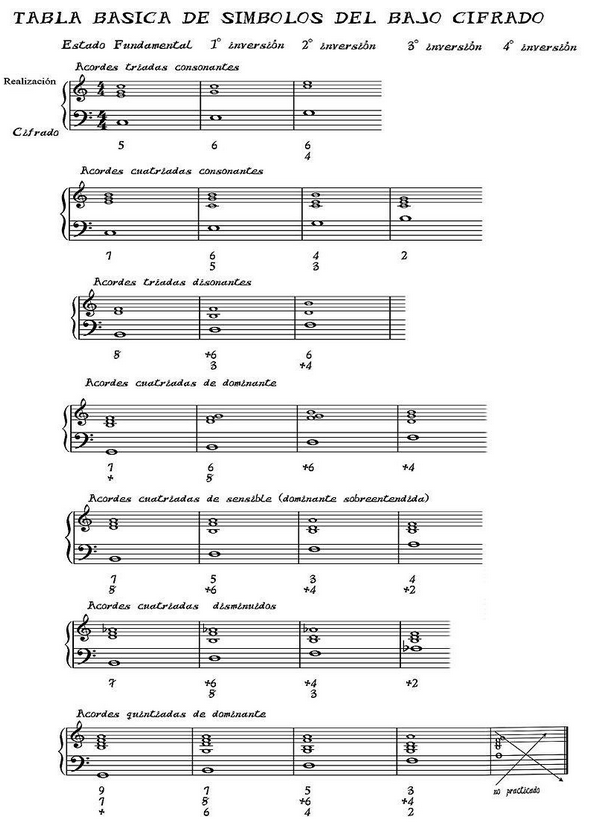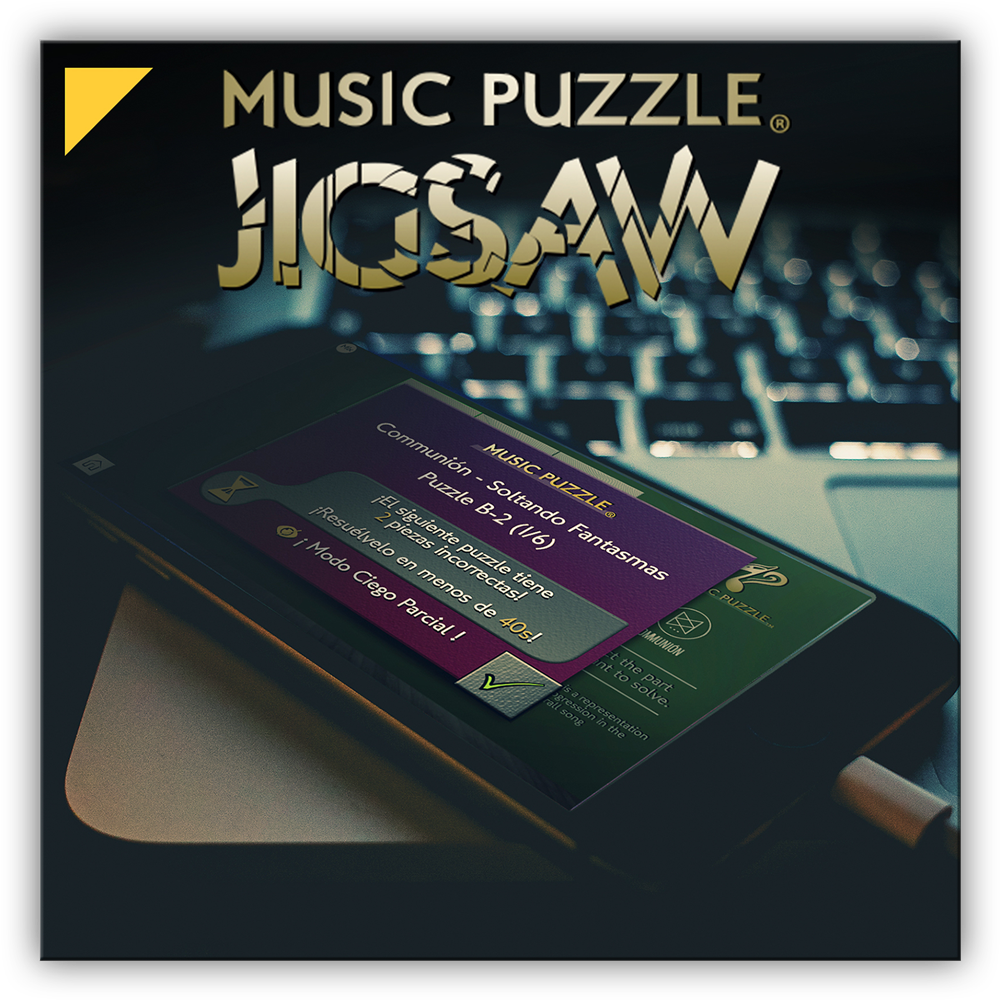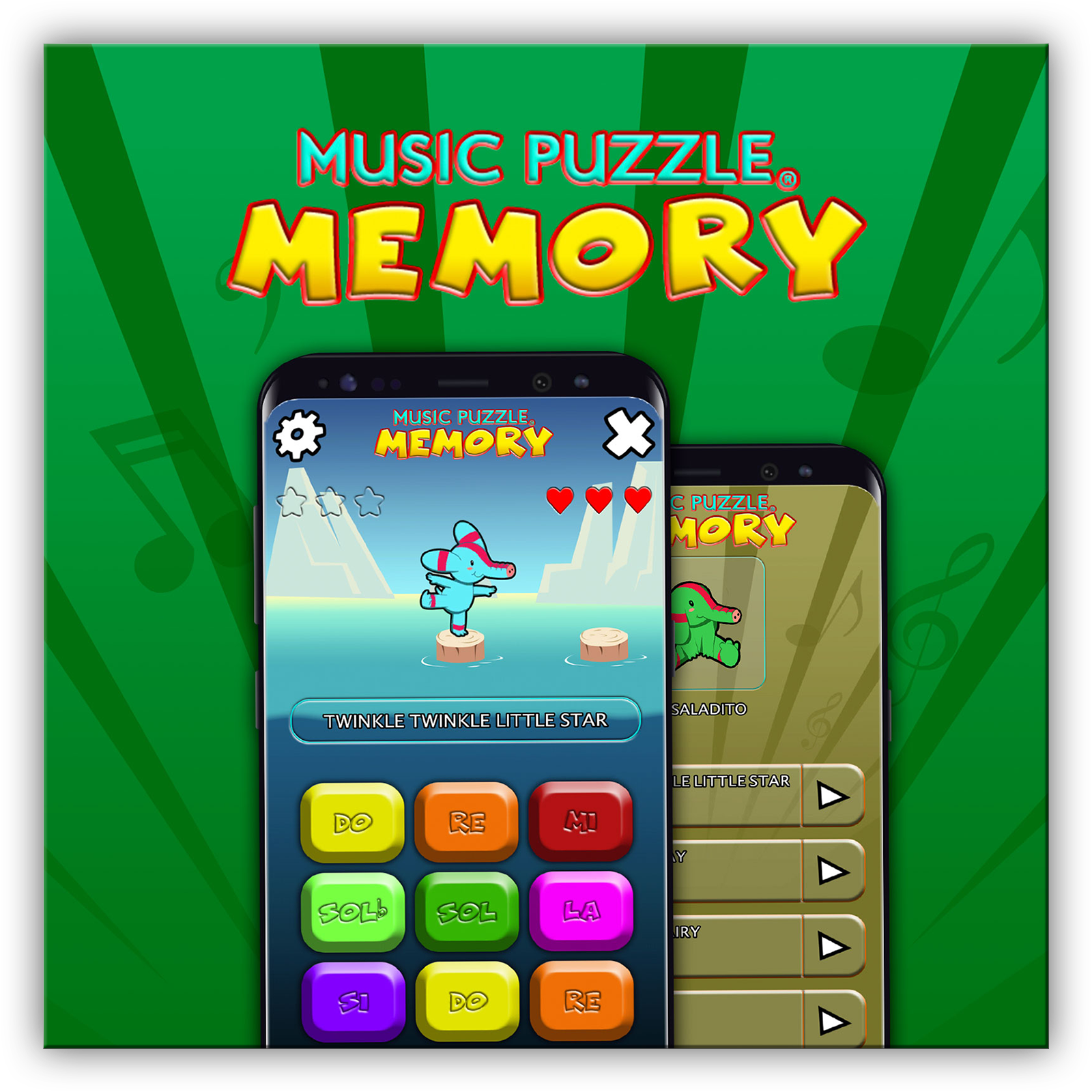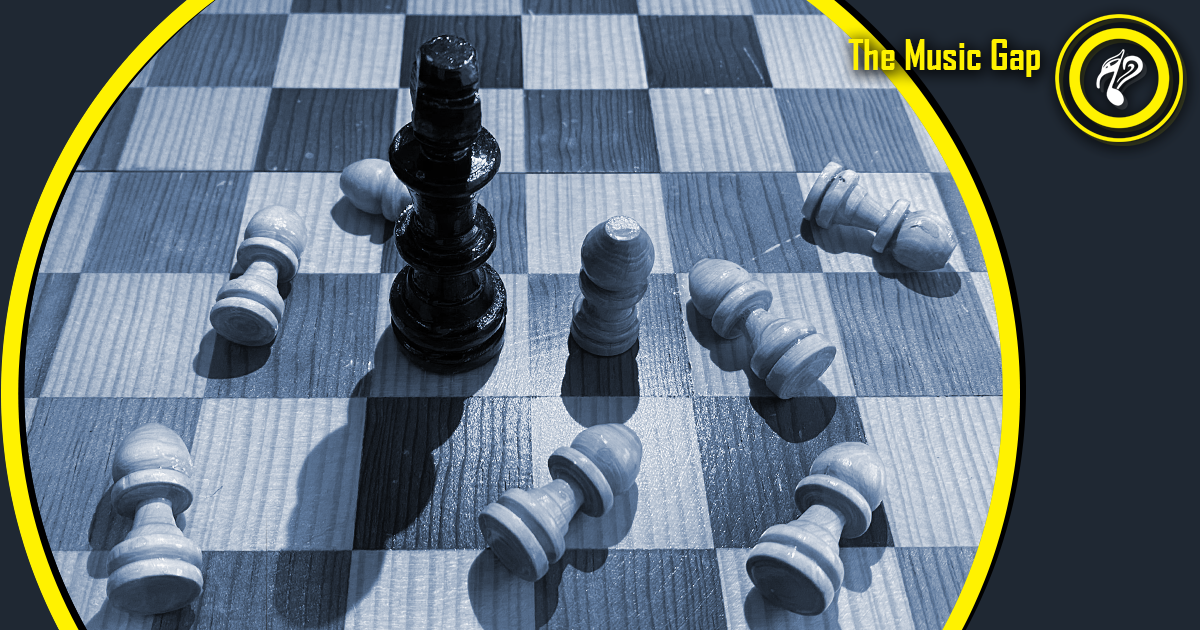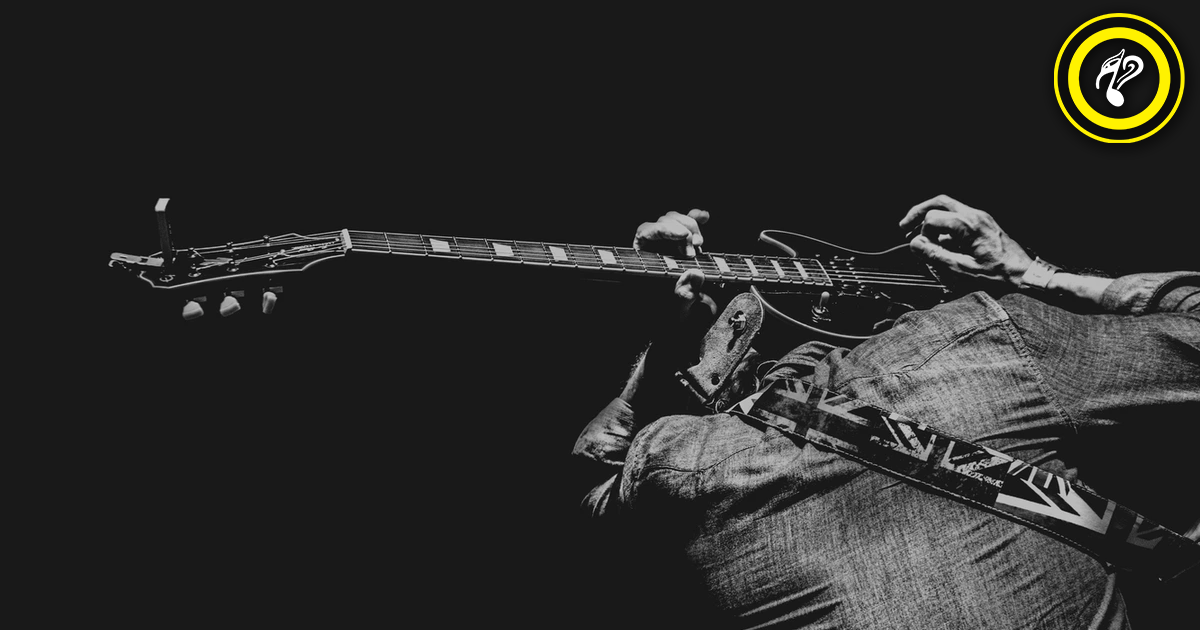Why is sheet music the way it is?
How did we get to the current writing model?

In our solfeggio article, we talked about our international standard writing system. A well-written score can be read the same way by a musician in Mexico, Russia, or Australia. This time we’ll see the process it took for this to happen.
Cuneiform tablets
Taking a dip in our history lessons, the first representation of what’s believed to be a musical sheet so far is a cuneiform tablet discovered in Nippur, Iraq, and dates back to 20th century BC approximately.
Although its exact meaning is still unclear, everyone agrees that this tablet indicates how to play the strings of a lyre.
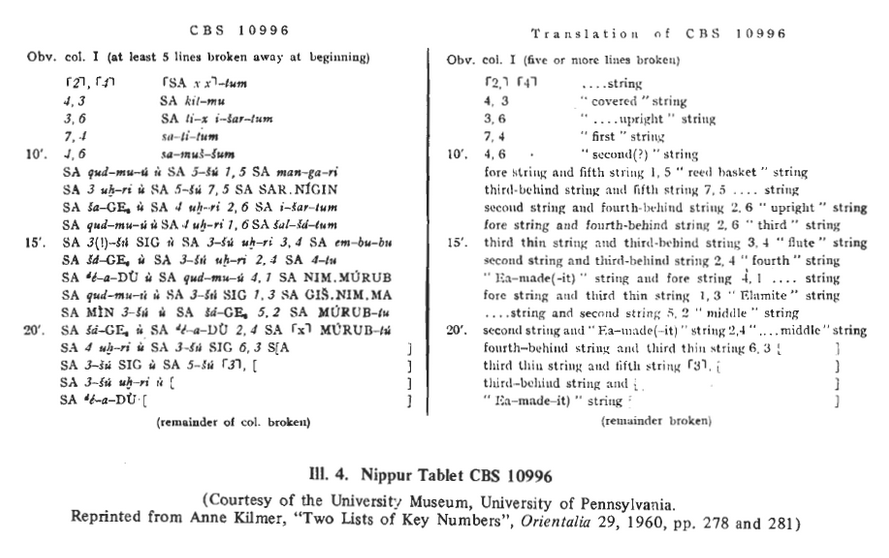
Ancient Greece
The Greeks were the first to document philosophical, literary, and scientific writings about music. The oldest documents date back to the 3rd century BC. We have around 40 different Greek writings today and strangely enough, the instrumental music ones are older than the vocal music ones. The musical notation was known to be alphabetical, its rhythm fluid, and had frequent improvisation.
It’s thanks to these documents that we can guess how did the music sound back then, unfortunately, any writing prior to this period is more difficult to decipher.
One of the most important works is the Seikilos epitaph.
Seikilos epitaph: A marble column engraved with various symbols that describe a melody. The alphabetic characters define the pitch and duration of each note. If we translate this piece to the modern harmonic system, we could say that it’s using the mixolydian mode (the fifth mode of the major scale) and apparently it doesn’t try to express neither joy nor sadness. It contains 3 different rhythm subdivisions, which translated into modern writing they would be similar to what we now know as quaver, quarter note, and dotted quarter note.

Here is a recording of the song:
Hymn to Saint John the Baptist (Ut Queant Laxis)
Composed by the historian Paul of Deacon in the 8th century, this piece has a very important historical relevance for its musical notation, since the monk and theorist Guido d’Arezzo would later use the first syllable of each verse as a means to teach music to his students.
Guido d’Arezzo (992-1050) was a highly dedicated monk and teacher considered the father of modern musical notation. His quest to improve his music teaching system led him to design the tetragram (a 4-line system for music writing), a precursor of the pentagram (5-line system in musical notation) and name the musical notes which retain their name to this day. The note naming was based in relation to the first syllable of the sung verses.
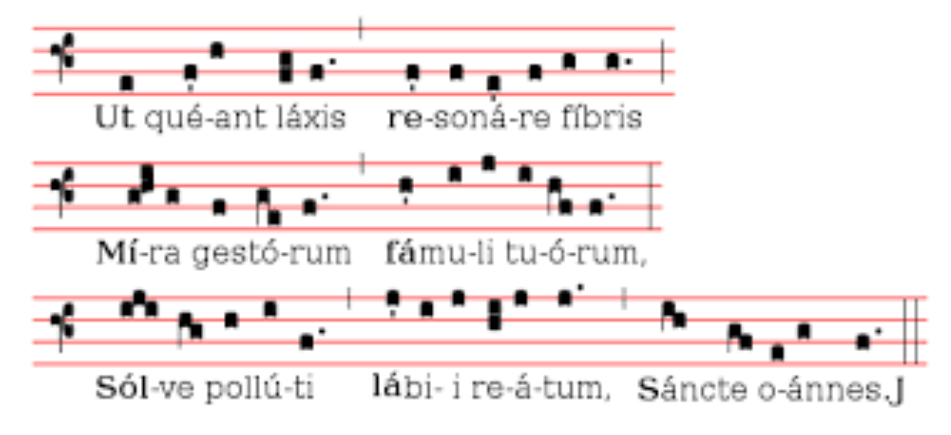
Ut Queant Laxis.Hymn to Saint John the Baptist:
The vocal melody of this Hymn ranges from Do (Ut) to La (lá). The note Si was added by Anselmo of Flanders in the 16th century by combining the first letter of each word of the last verse "Sancte Johannes".
Later, Giovanni Battista Doni replaced the syllable Ut with Do. The main reason for this was that ending in a vowel instead of a silent consonant made music theory easier.
The didactic value of this piece lies in the convenient structure of its melody, ideal to be used as a method to learn the notes. Something similar would be implemented in the musical laureate “The Sound of Music”, starring Julie Andrews:
Pneumatic notation
Between the 9th and 13th centuries, a series of signs were created and placed inside the scores. Initially, those neumes didn’t give anything beyond a sense of direction. The rhythmic values were determined at a later time.
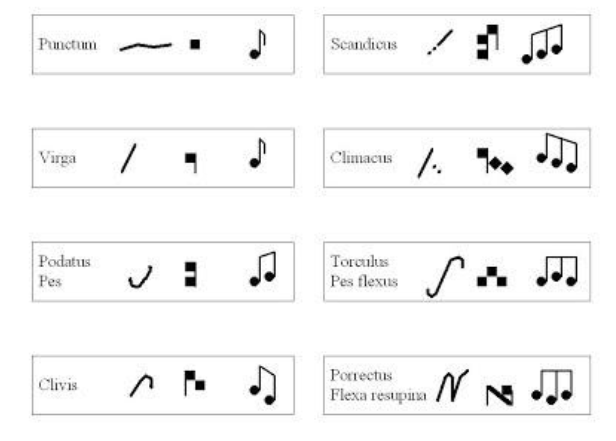
De Mensurabili Musica
During the 13th century, the Frenchman John of Garland, a composer of the Notre Dame school, wrote the first treatise on rhythmic musical notation in history. The different rhythms that it proposes are divided into long (long note) and short (short note) patterns. Here are the 6 basic patterns that he proposed with their modern music theory equivalents:
The rhythm back then wasn’t as advanced as today’s for each note to have a single rhythmic value. However, it did create the concept of tempo or the speed value of a piece.
Although the document’s creation is credited to Garland, it’s probable that he had a much closer role to a publisher, since he collected anonymous works into a single one.
Ars Cantus Mensurablis
Franco of Cologne carried further the foundations of Garland’s treaty written in the mid-thirteenth century. One of the most significant contributions was to suggest that the shape of each note will be equivalent to a determined height and rhythmic value.
This notation system would be embraced by the Ars Nova style from its inauguration by the French Philipe de Vitry in the 14th century until the end of the 15th century.
The Ars Nova
It wasn’t until the 15th century, during the height of the Ars Nova or the “New Art” style, a movement seeking to break the mold of the old tradition, that defined rhythmic values were added to the rhythm palette, meaning that every note would now have an individual rhythmic value and wouldn’t be affected by the others around it.
The longa, breve, and semibreve (long, short, and semi-short) could be divided into 2 or 3 notes of the next smaller value. This new rhythmic abundance added a brand new dimension to music in general.
The Renaissance
This era of countless artistic achievements was also a period of transition for musical notation. During this period, the rhomboid shape was changed to the current round shape in the notes and two more subdivisions were added: the fuzzy and semi-fuzzy (check our solfeggio article).
Tablatures were also created, a graphic representation of hand positions on some plucked string instruments such as the lute.
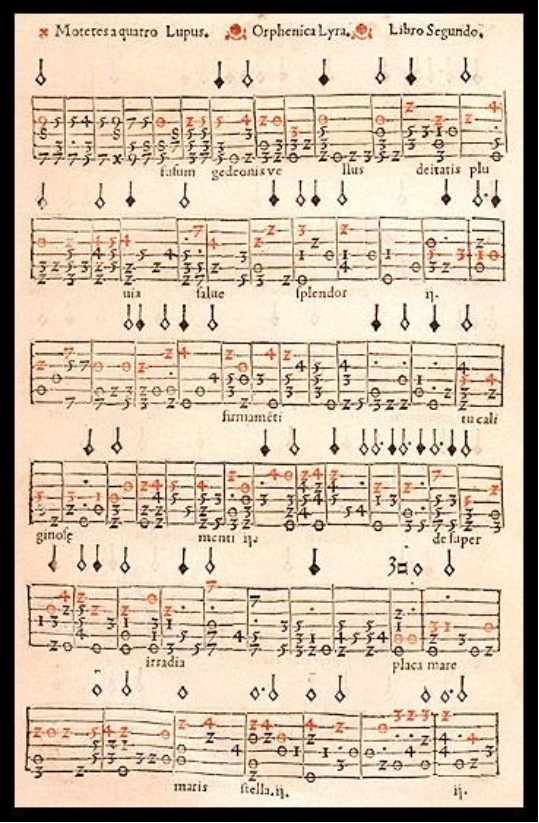
Baroque period
During the Baroque (17th century) ornaments and figures were added to better express the character of a melody such as accidentals and flourishes.
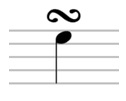
Encrypted bass: Chords began to be encrypted with different numbers depending on your investment (any chord that has a note other than the fundamental or tonic on the bass), this in order to indicate the appropriate voices to play and add during a piece. Encrypted bass is still used today for music analysis.
Classicism
During the eighteenth century, there were no more important developments in the notation system, outside of new symbols that better express the dynamics and articulations.
Although that period didn’t particularly bring innovation in the notation, this period helped establish the musical notation as it is now taught at any school.
As you can see, what we think of as basic, was in reality achieved in the span of centuries upon centuries of small improvements.
So, what do you think? Did you already know this story? Did you like it?
Share your thoughts with us!
References:
https://www.timetoast.com/timelines/historia-de-la-notacion-musical
https://es.wikipedia.org/wiki/Ut_queant_laxis
https://es.wikipedia.org/wiki/Historia_de_la_notaci%C3%B3n_en_la_m%C3%BAsica_occidental
https://sites.google.com/site/historiaescrituramusica/notacion-neumatica
If you enjoyed the article, you'll love these games:
